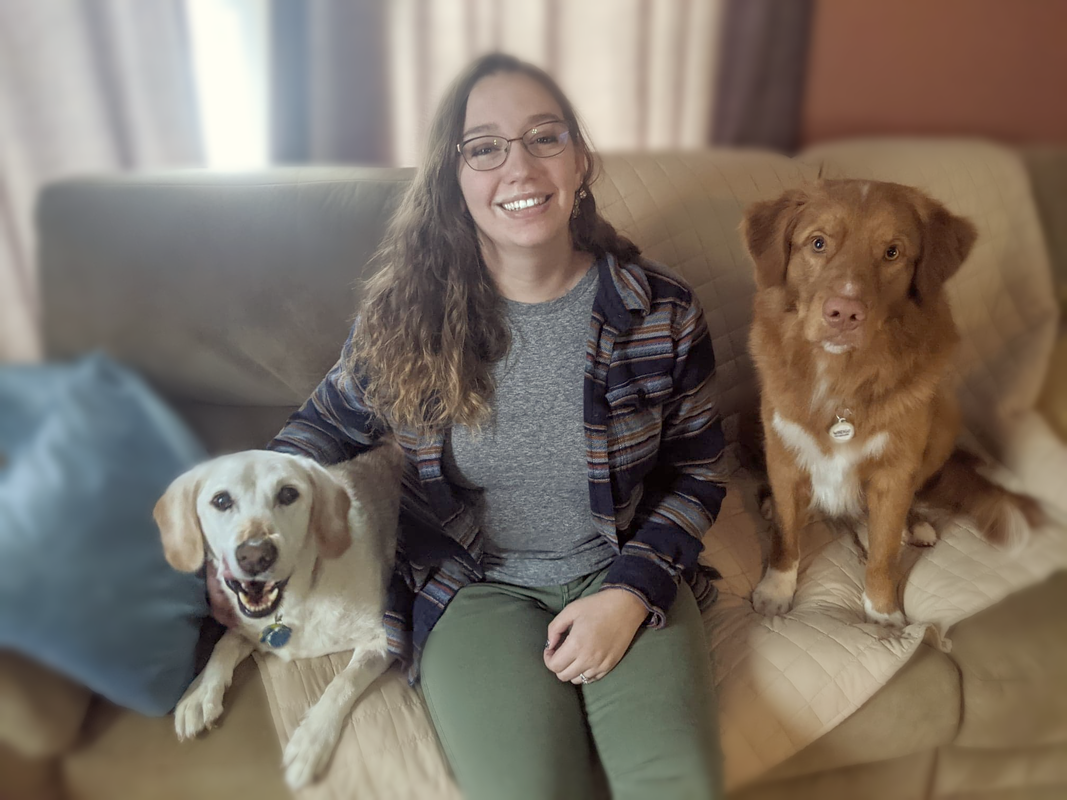|
If you haven’t heard of 4-H before, we’re about to change that! 4-H is the largest youth development organization in the USA. While many people think of 4-H as an activity for “farm kids” - the program is expansive and covers learning and development in almost every area you can imagine. I was a 4-H member from 8th grade until my freshman year of college - although you can start much younger than that! Who I am today was greatly shaped by my 4-H experiences and I firmly believe all youth should have this opportunity in their lives. My Story I’d always heard about 4-H and wanted to try it - my parents were both members growing up, and I loved the small county fair and wanted my own projects on display! Through the local curling club, I became good friends with a family that was not only involved in 4-H, but also were involved in the club close to me! Shortly after, I learned that I could show dogs in 4-H, and I knew I HAD to join the Dog Project. My goal was to show my dog, Mya, in agility. I had no desire for “boring” obedience or showmanship. I had been playing backyard agility with Mya from a young age and 4-H seemed like an ideal venue to start showing off our skills. However, the MN 4-H program required 2 years of participation in obedience (or one year if you earned a blue ribbon) before you could participate in agility for safety reasons, so I settled myself in for a year or two of obedience training to get to my goal of agility. We started our obedience classes, and soon enough, I was finding them FUN! It wasn’t boring like I’d predicted, and I enjoyed teaching Mya all the new skills we needed for formal obedience competition. She was definitely a challenging dog for 12 year old Alex - very distracted and excited and wanted everything to do with everyone else except me - but it was also very satisfying to see us overcome our challenges. One night as my mom wasn’t quite back to pick me up when obedience class ended, my instructor encouraged me to jump into the showmanship class. Showmanship in 4-H is very similar to the conformation shows seen on TV on Thanksgiving, but judging “handling skills” and knowledge instead of the dog’s structure. It turned out that showmanship was ALSO fun and I was hooked. I still really wanted to get to agility, but I was also enjoying my time learning other areas of competition and training. Over the years I was in the program, we had many ups and down - smiles and tears - but I am forever grateful for the experiences that the program gave me. From earning a white ribbon (the lowest possible color) to earning multiple state-level champions (in agility and showmanship), we had quite the collection of experiences! Several years were riddled with the diagnosis and flare ups of Mya’s Atypical Addison’s Disease, making competition that year not possible or changed, but the friendships that I made in the 4-H Dog Project were there to support me. Half of my bridesmaids in my upcoming wedding - some of my very favorite people on this planet - I wouldn’t even know if it weren’t for the 4-H Dog Project! Not only did the project teach me how to train dogs - and help me realize that I wanted to pursue that as a career - but it gave me a host of other skills, too. I learned to be comfortable speaking in public, and I learned quite a bit of patience! The 4-H Dog Project is where I first began teaching others - I started to assist with the classes and learn how to train people how to train their dogs, working with youth younger and older than myself, and their parents as well. I also learned plenty of organization skills as I learned to plan and run the dog shows themselves, as well as coordinate paperwork throughout the year. The connections I made in 4-H also got me several of my first jobs! There’s SO many more 4-H memories and opportunities in the dog project - and even more in the rest of 4-H! I could write a book about how wonderful the organization was and how it shaped me as a person and made me into a dog trainer.
I still volunteer as a 4-H Dog Project leader today - working closely with Black Hawk County in Iowa and with various counties and programs across the state of MN as well. With 4-H across the country, however, there are opportunities all around wherever you live to get involved. Want to Join 4-H? Use the website here to find your local county extension office and get in touch with them - they will help you get registered with 4-H and set to gain amazing experiences like I have had in my own life.
0 Comments
Puppy mill dogs need our help - but not by purchasing them to “save” them. What Are Puppy Mills? Here at MESSY, we LOVE good breeders. Unfortunately, there’s a lot of people breeding dogs who aren’t taking care of them like they should, and aren’t setting their puppies up to have a successful and healthy life. (PS. If you have a specific breed you want instead of adopting a shelter or rescue, please reach out! I’d love to help you find a breeder doing proper health testing and raising excellent puppies). A puppy mill is an environment where dogs are mixed and bred for cuteness and sales, rather than caring about the health of the dogs. It can be deceiving at first when you are looking for a breeder, because most puppy millers know how to talk about their dogs and convince you that they are healthy and happy and well cared for, when reality is actually a little different. In a puppy mill environment, dogs are lacking proper health, nutrition, and early socialization. Puppy mills can be large with hundreds of dogs, or even just a few dogs - the true characteristic of a puppy mill is the lack of attention paid to the dog’s well-being. While all breeds can be subject to puppy mill breedings, “designer dogs” are especially prone to this environment, including many of the doodles, teddy bears, and other cute mixes that are created. These dogs are often sold to make a profit due to their high demand, rather than breeding for the health and betterment of the dogs. Where Are Puppy Mills Found?
The short answer, everywhere. Dogs are most often sold from puppy mills when they are sold in pet stores (no reputable breeder sells their dogs through a pet store) and online. Good breeders do exist online - we’ll talk about how to find a good breeder in a future post - but it’s also a prime way for puppy mills to sell their dogs. Puppy mills are especially prevalent in the midwest, including here in Iowa. According to the Des Moines Register, Iowa ranks second worst in the country in terms of the number of puppy mills. Some newly passed legislation will hopefully help allow Iowa to more properly regulate puppy mills, by requiring larger and more sanitary enclosures and having more specific health regulations. Dogs will also be required to be exercised at least twice daily, instead of living their life entirely in a cage. These new laws were passed early in 2020 and will go in effect in June of 2020. We’d like to thank all those who worked on passing the legislation needed - it’s done a great job of tackling the problems with puppy mills by making it harder for them to operate while still allowing responsible breeders to continue breeding responsibly so we have well-bred dogs that we can add to our households! Take Action! This week (May 3-9, 2020) is Puppy Mill Action Week. As dog lovers, we all want to help end the problem of puppy mills. Steps you can take include:
The biggest thing you can do to help shut down puppy mills is to stop supporting them. Don’t buy pet store puppies (unless they’re there from a rescue). Don’t buy dogs from people who aren’t ethical breeders (contact us for help finding a responsible breeder). Tell your friends and family to do the same! Puppy mills breed for profit. If we take away their profit, we can stop puppy mills. |
MESSY Dog Blog
What do you want your dog to do? We can help you train it! Categories
All
Archives
May 2020
|
Helping dogs and their owners achieve their goals since 2016
Currently serving owners in the Cedar Falls, IA area and online.
Currently serving owners in the Cedar Falls, IA area and online.
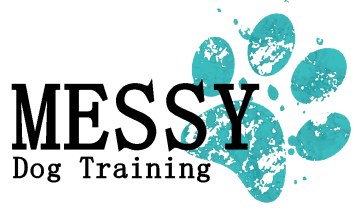
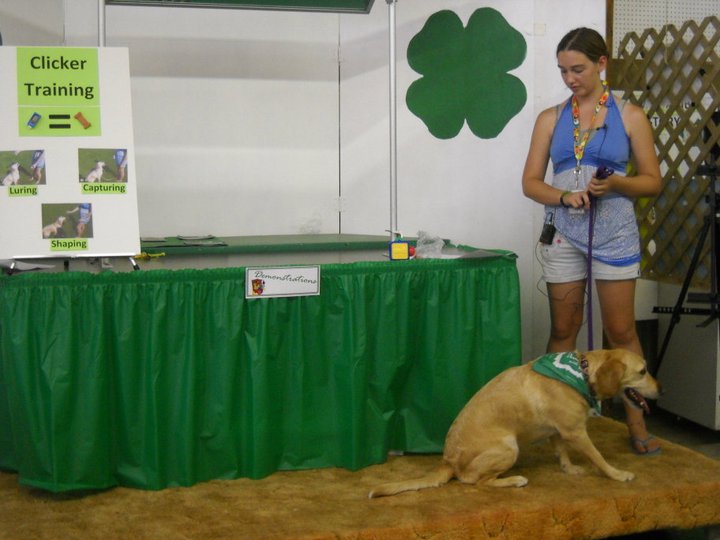
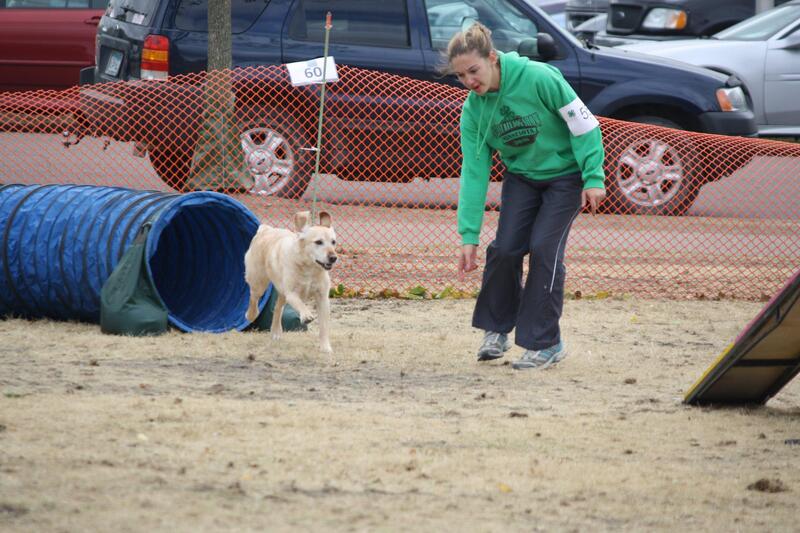
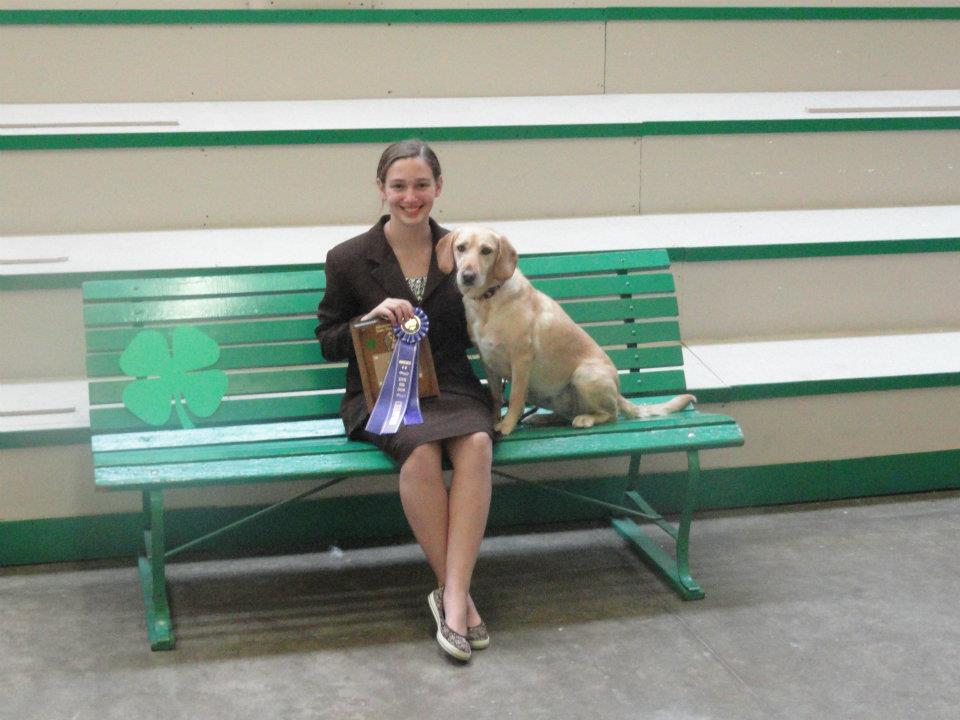
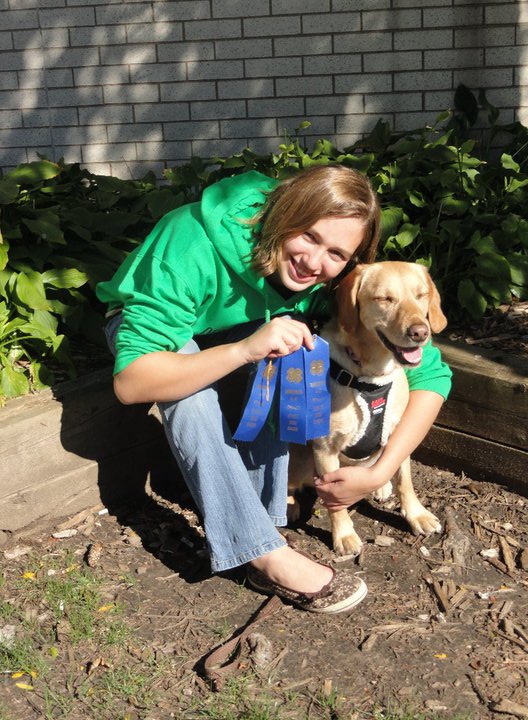
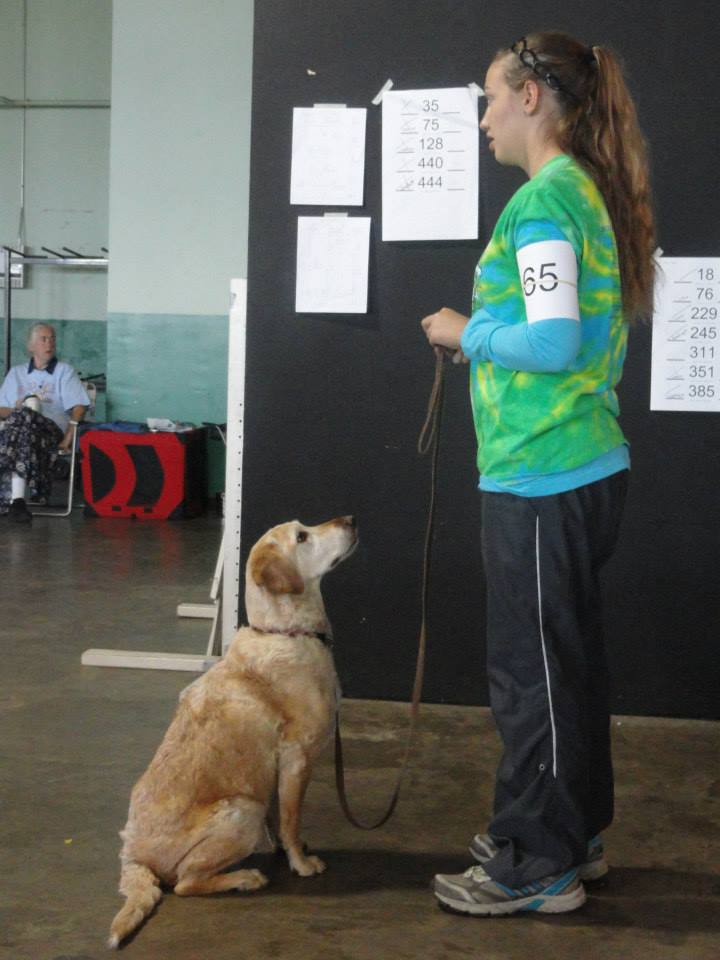
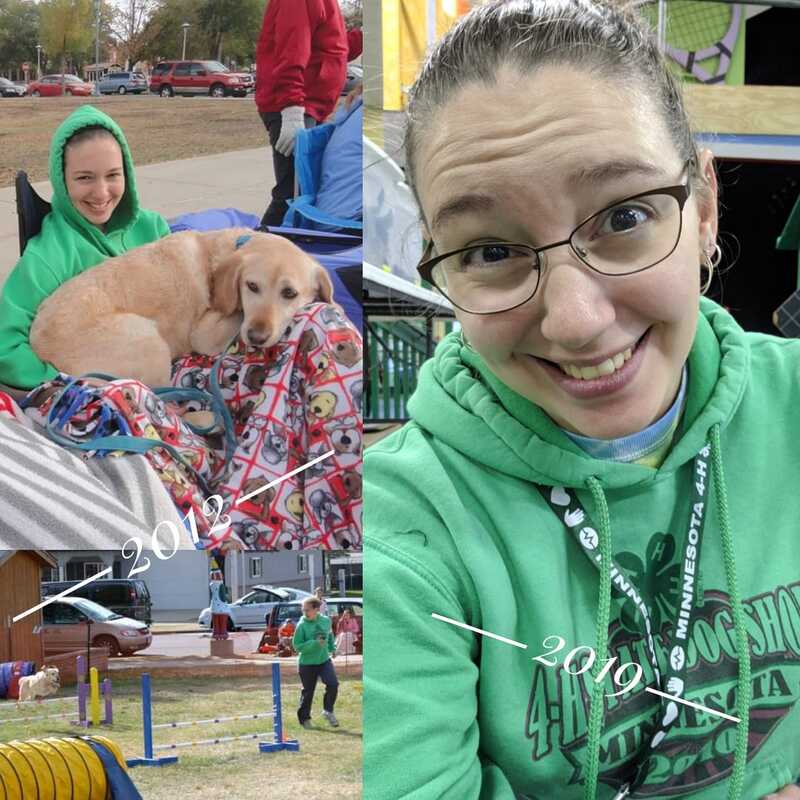
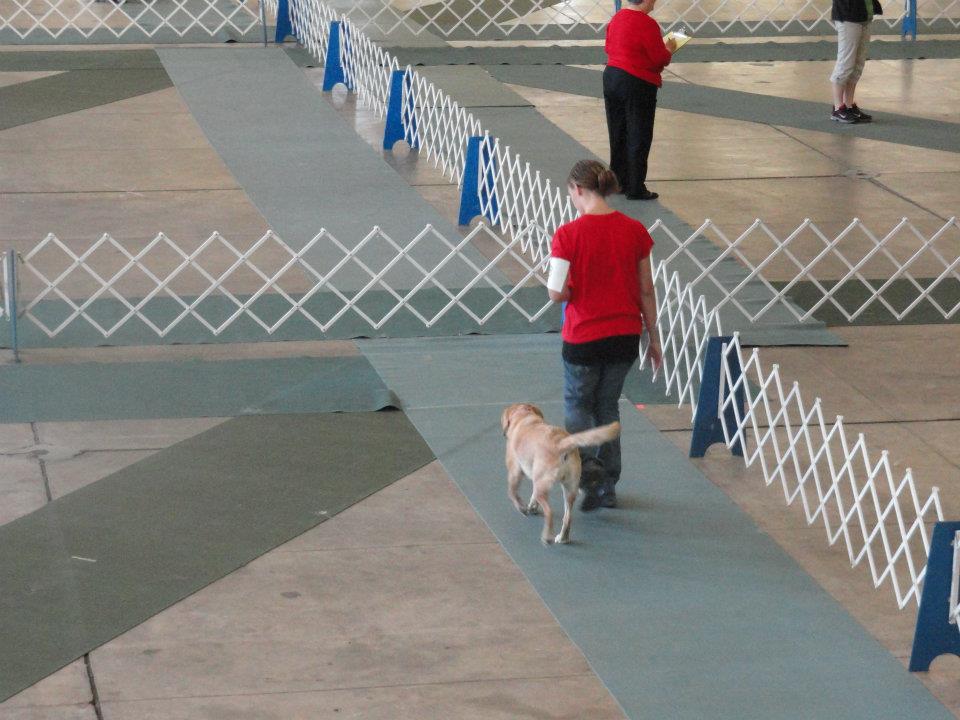
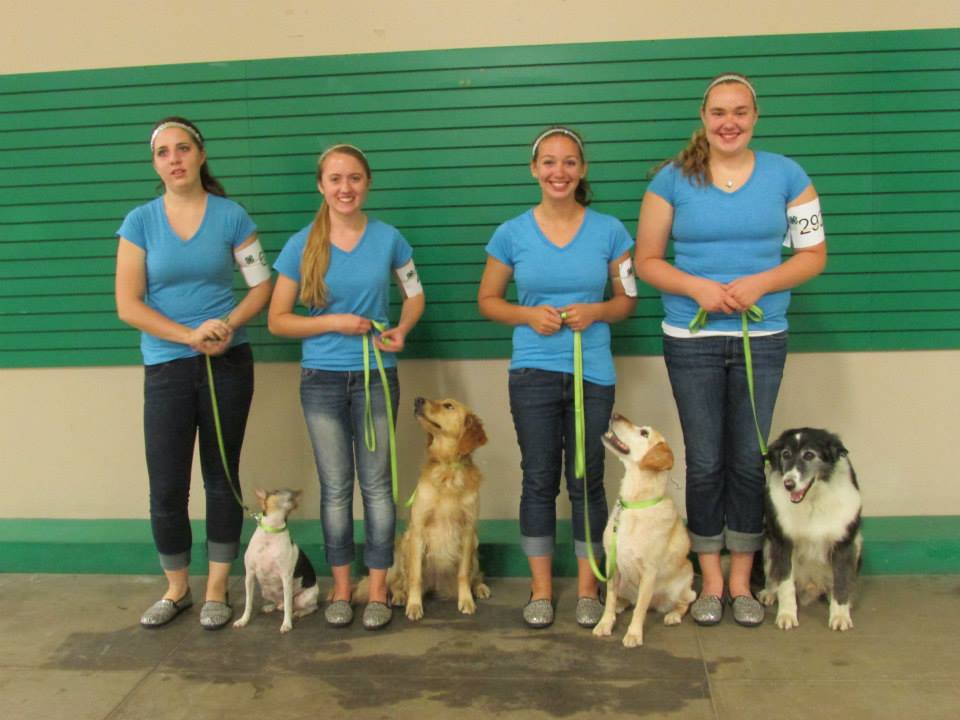
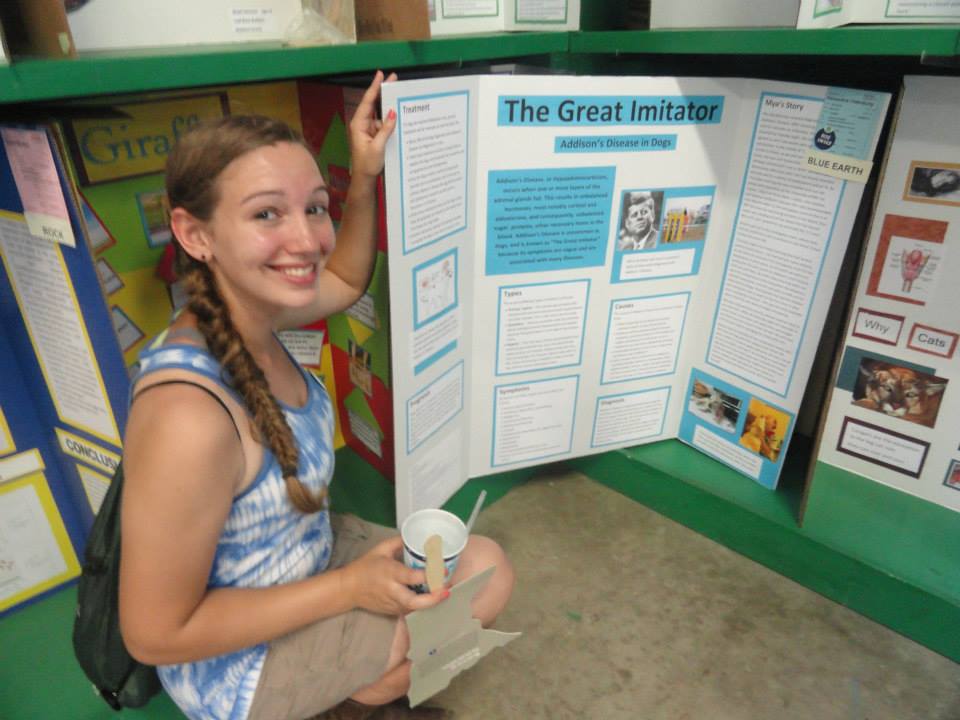
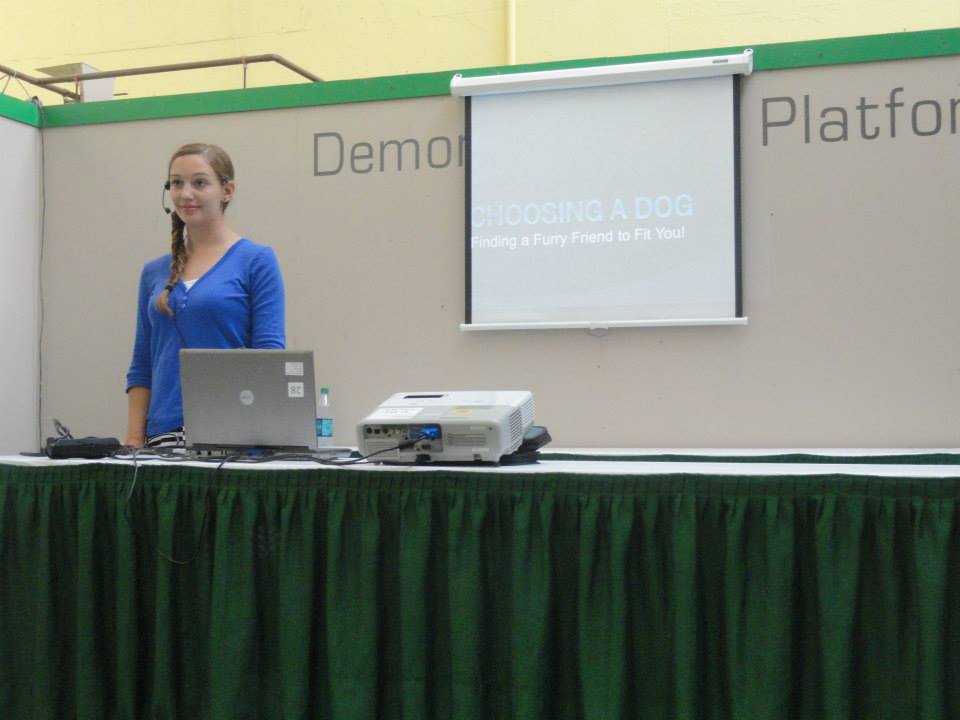
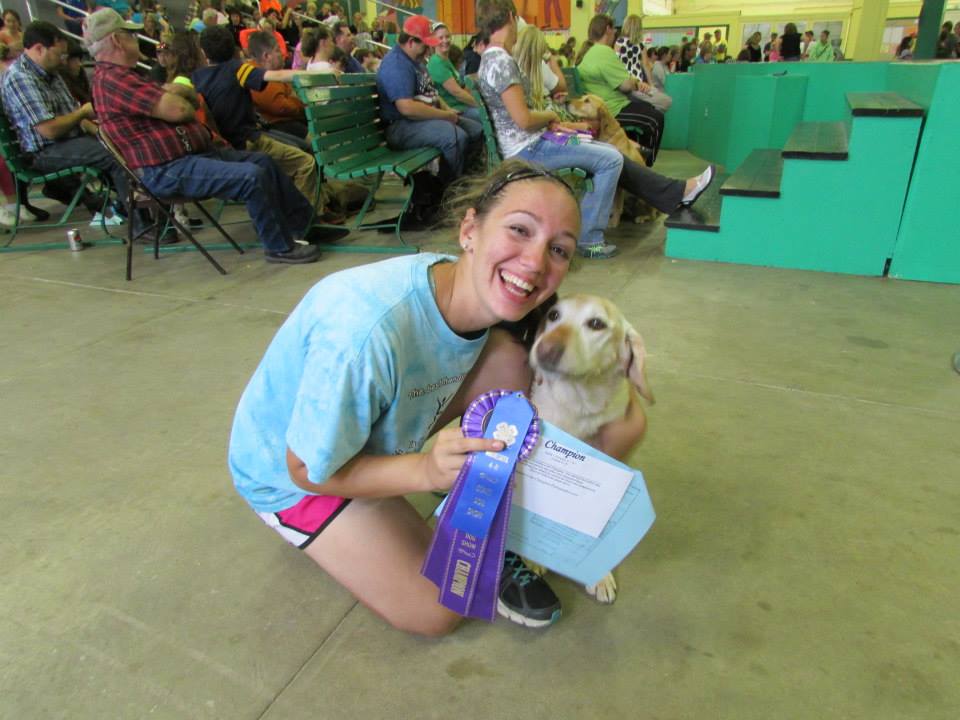
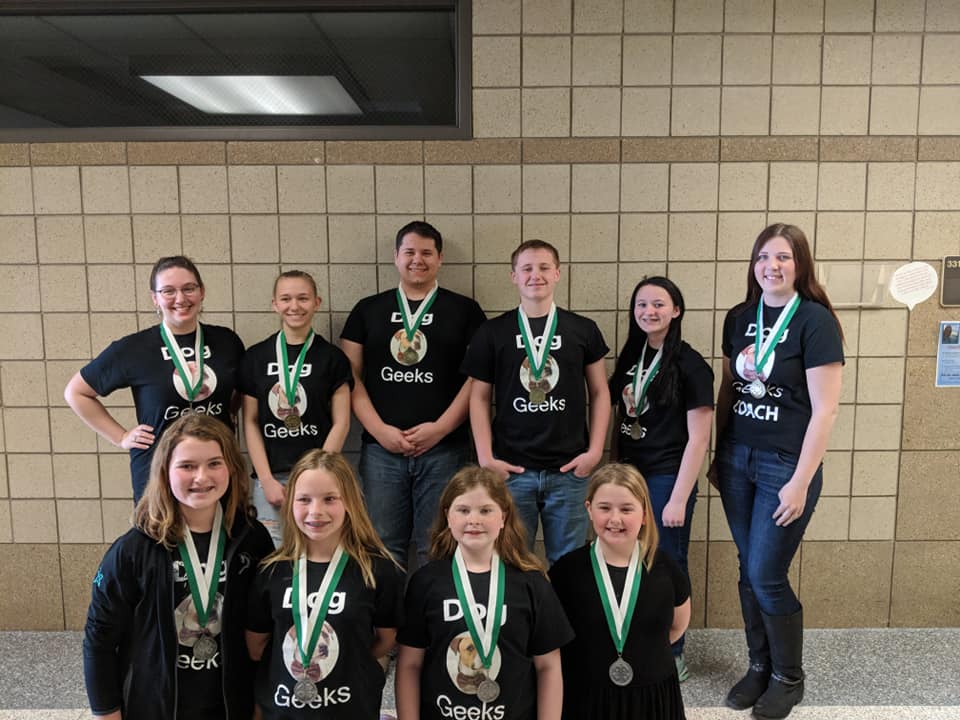
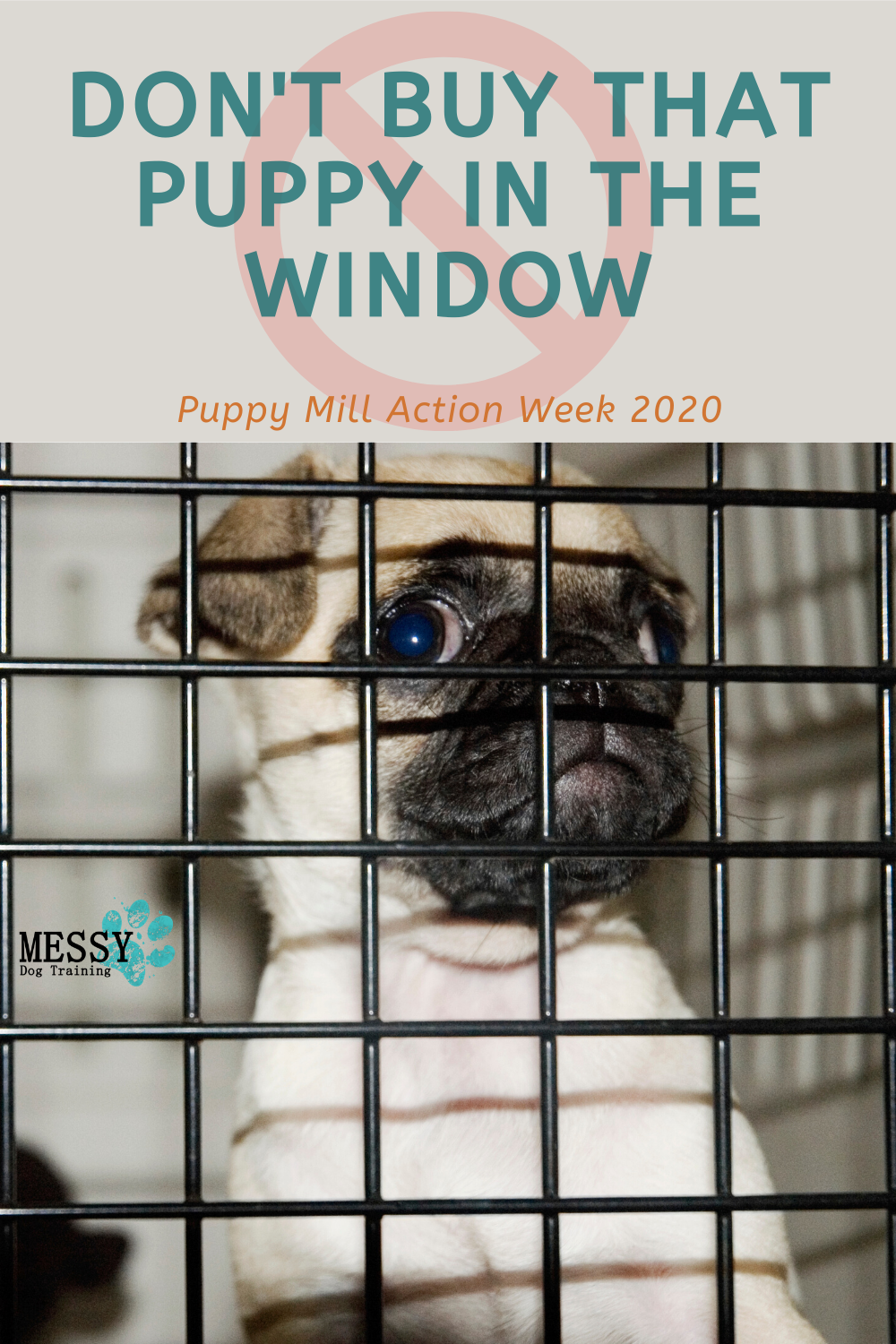
 RSS Feed
RSS Feed
